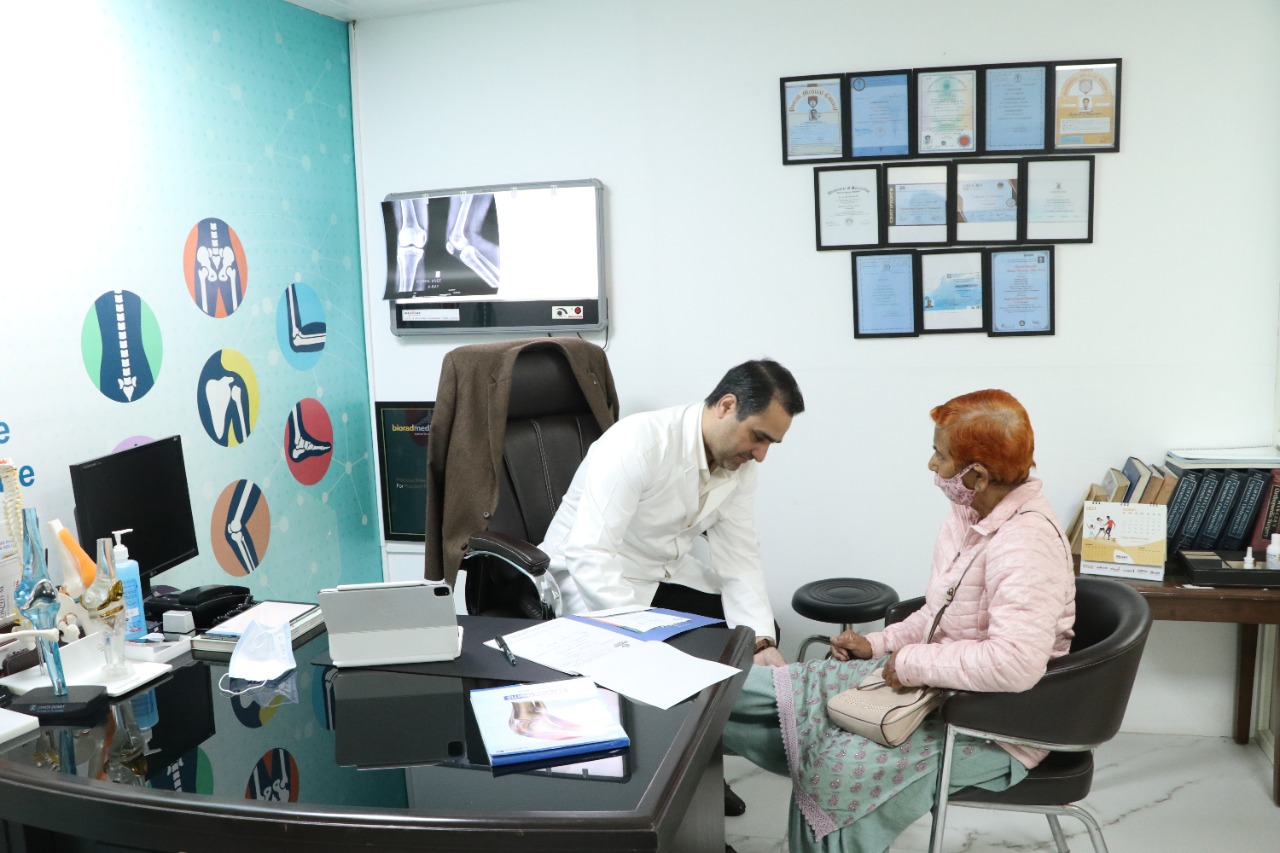Egg freezing is also known as oocyte cryopreservation. It is a medical procedure that allows women to preserve their eggs for future use. It has gained popularity in recent years, as a means to expand fertility options. The process involves stimulating the ovaries to produce multiple eggs, which are then retrieved and frozen using a specialized method called vitrification.
This flash-freezing method helps to maintain the integrity of the eggs during the freezing process. The frozen eggs can be stored for an extended period, providing women with the opportunity to use them later for in vitro fertilization (IVF) when they are ready to start a family or preserve their fertility for medical reasons.
Here is what you need to know about egg freezing process from the Best gynaecologist in Chandigarh :-
The importance of egg freezing in family planning

Egg freezing plays a crucial role in modern family planning by offering individuals the opportunity to take control of their reproductive choices. It provides a viable option for those who wish to delay starting a family due to career, education, or personal reasons.
Moreover, egg freezing empowers women facing medical conditions or treatments that may impact their fertility. By preserving their eggs, individuals can safeguard their future fertility, giving them peace of mind and the flexibility to pursue their life goals while still having the potential to conceive and build a family when the time is right.
A step-by-step guide to the egg-freezing process
Step 1: Initial Consultation – Begin by scheduling a consultation with a fertility specialist. They will review your medical history, discuss the process, and address any concerns or questions you may have.
Step 2: Ovarian Stimulation – Once you decide to proceed, you will begin a course of hormone injections to stimulate your ovaries. These injections typically last for around 10-14 days and aim to promote the development of multiple eggs.
Step 3: Monitoring and Follicle Growth – Throughout the stimulation phase, you will undergo regular monitoring through blood tests and ultrasound scans. These help the doctor monitor the growth and development of the ovarian follicles that contain the eggs.
Step 4: Egg Retrieval – When the follicles have reached the desired size, a minor surgical procedure called egg retrieval is performed. Under sedation, a thin needle is guided through the vagina into each follicle to retrieve the eggs.
Step 5: Vitrification – The retrieved eggs are immediately transferred to a laboratory where they are prepared for freezing. Vitrification, a rapid freezing technique, is employed to protect the eggs from damage during the freezing process.
Step 6: Storage – The frozen eggs are carefully labeled and stored in a cryopreservation facility. They can be stored for several years until you are ready to use them.
Step 7: Thawing and Fertilization – When you decide to use your frozen eggs, they are thawed and fertilized with sperm through a procedure called intracytoplasmic sperm injection (ICSI). This is done in a laboratory, and the resulting embryos are monitored for development.
Step 8: Embryo Transfer – Finally, one or more healthy embryos are selected and transferred into your uterus through a thin catheter. This is typically done during a natural or medicated cycle, and any remaining embryos can be frozen for future use.
Choosing the right fertility clinic for egg freezing

When choosing a fertility clinic for egg freezing, consider factors such as success rates, experience with egg freezing, accreditation, and patient reviews. Look for a clinic with knowledgeable specialists, a supportive environment, and comprehensive services. Consultations with multiple clinics can help you make an informed decision, and if you are looking for the best, go nowhere other than Healing Hospital.
























